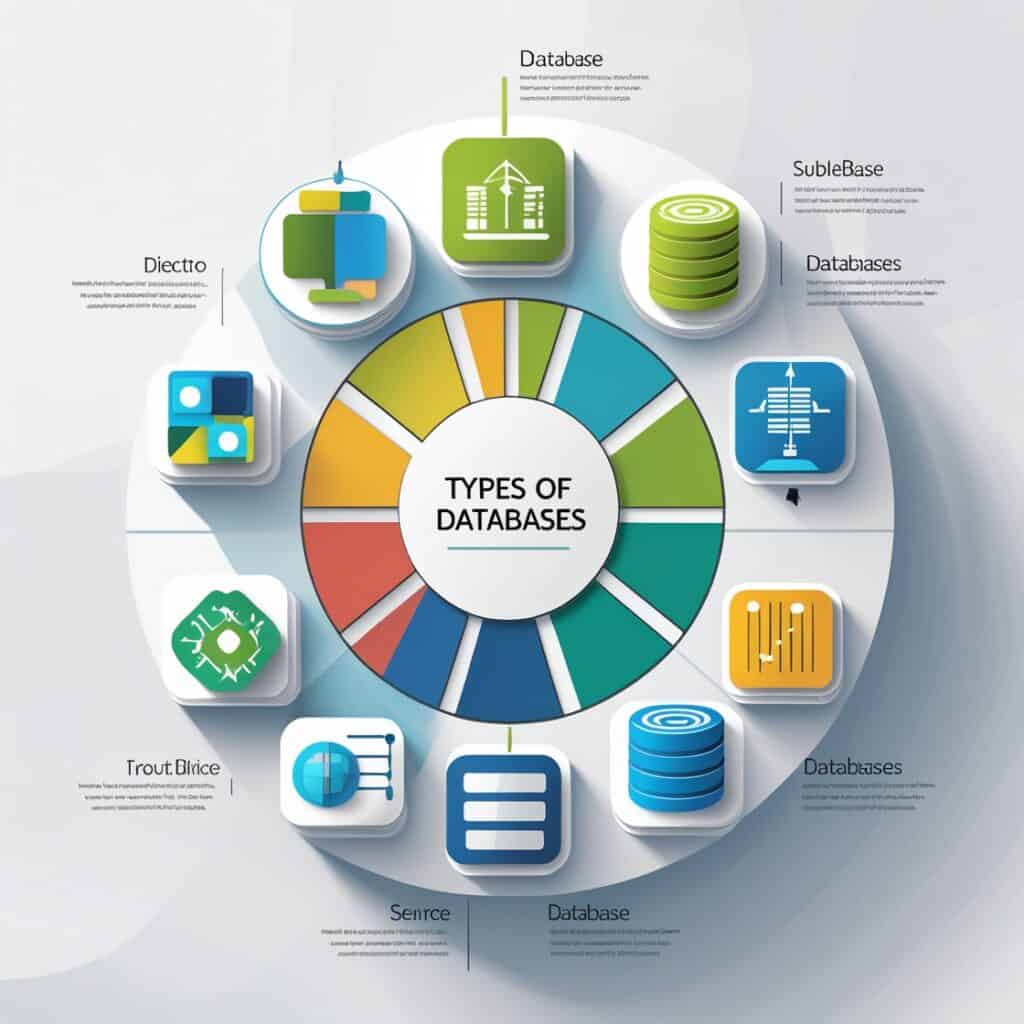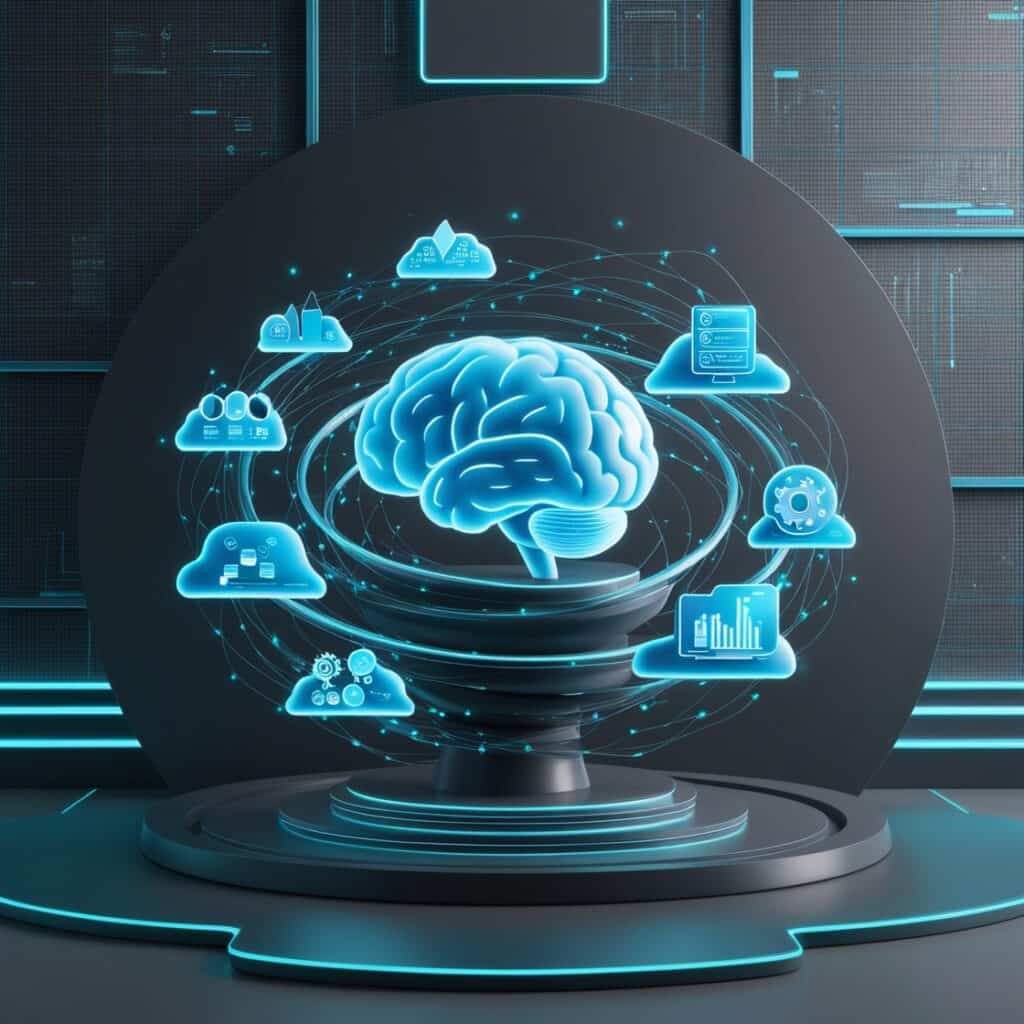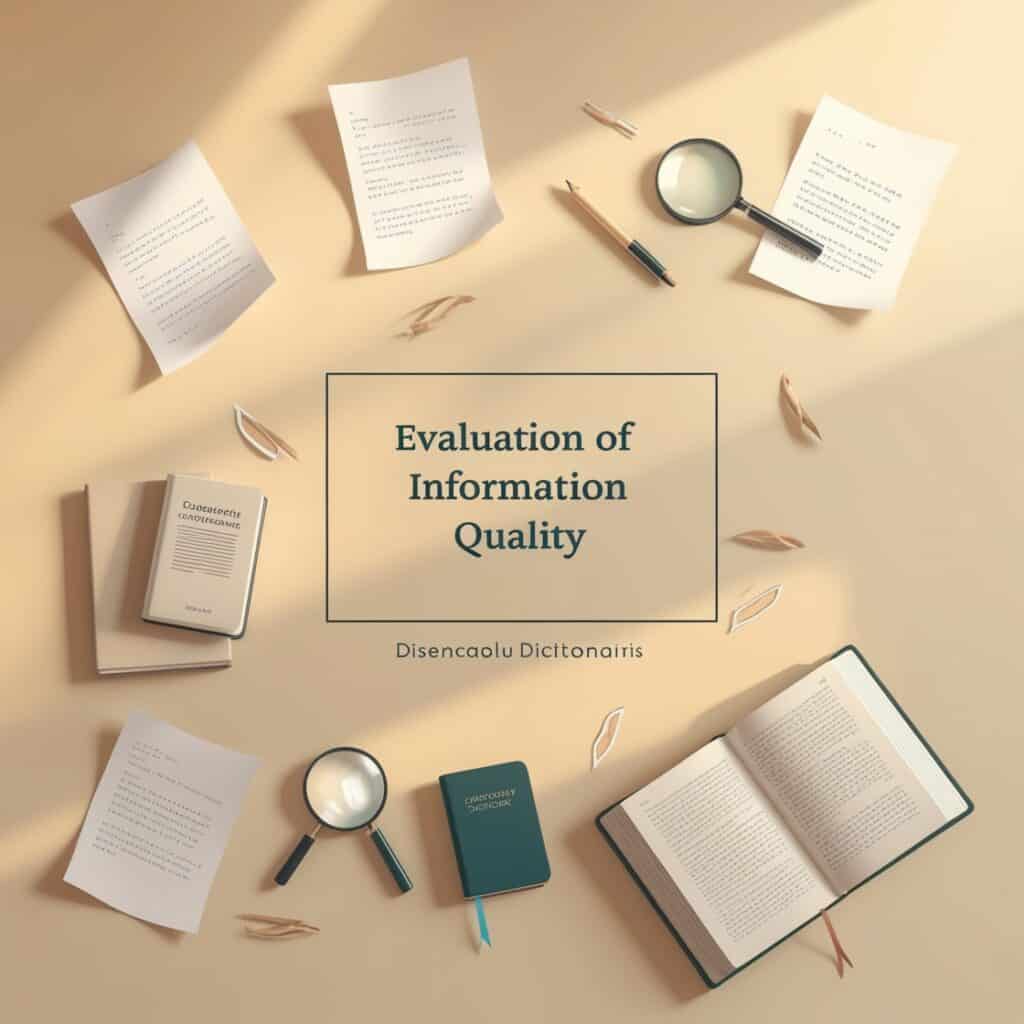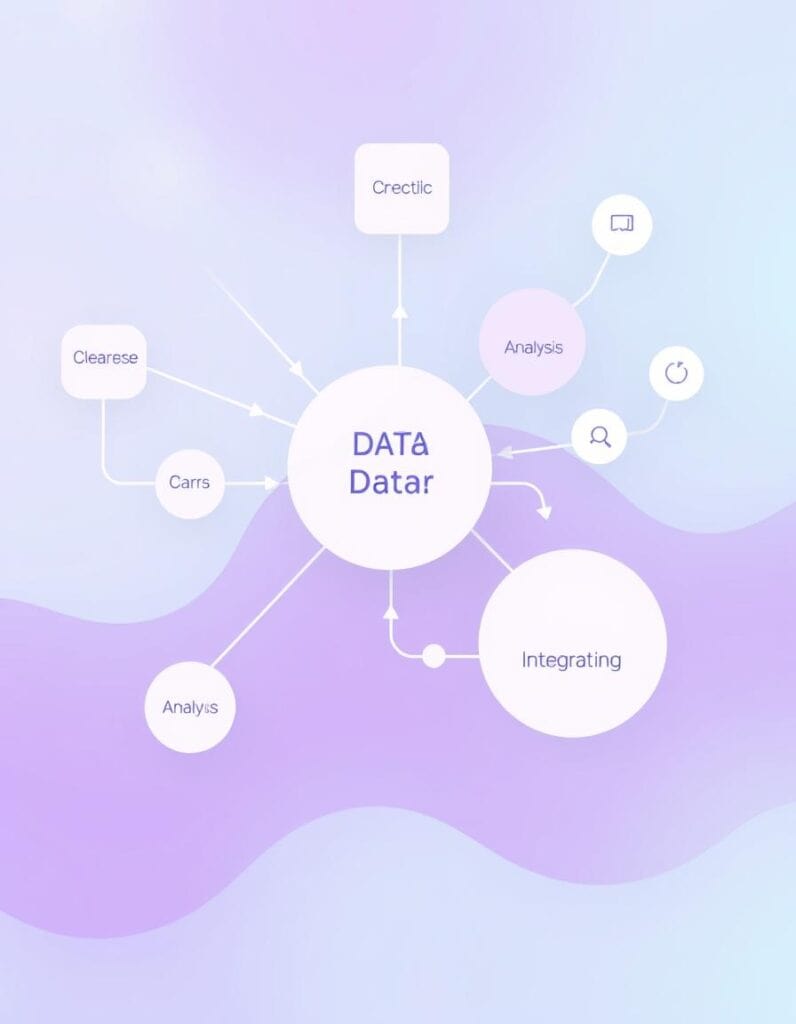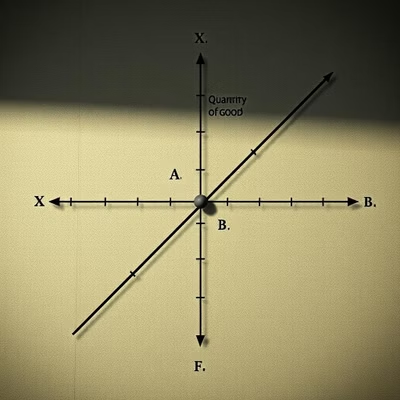Understanding Risk: A Deep Dive into Its Nature and Importance
Risk is an inherent part of life, influencing decisions at every level, from personal choices to corporate strategies. But what exactly is risk, and why is it so crucial to understand it? In this post, we will explore the definition of risk, its branches, and why managing it effectively is essential for both individuals and businesses. What is Risk? At its core, risk is the potential for an event to occur that leads to an undesirable outcome. It is the uncertainty surrounding future events and their possible consequences. While risk is often associated with negative outcomes, it is also an inherent component of opportunity—without risk, there is no reward. Branches of Risk Risk can be broadly categorized into several branches, each with its own unique characteristics: Pure Risk – This involves situations where there is a possibility of loss or no loss but no chance of gain. Examples include natural disasters, theft, and accidents. Speculative Risk – Unlike pure risk, speculative risk involves a chance of both loss and gain. Investing in the stock market or starting a new business falls under this category. Fundamental Risk – These risks affect large groups of people or entire economies. Examples include inflation, natural disasters, and political instability. Particular Risk – These risks affect individuals or small groups, such as a car accident or a house fire. Understanding these branches helps individuals and businesses make informed decisions and implement effective risk management strategies. Why Risk Management is Essential Risk is inevitable, but how we manage it determines success or failure. By identifying, analyzing, and mitigating risks, individuals and businesses can protect their assets, ensure stability, and seize opportunities with confidence. The key to effective risk management lies in education, awareness, and proactive planning Defining Peril and Hazard A peril is the actual cause of loss or damage. For example, in the case of a house fire, the fire itself is the peril. Perils are direct events that result in financial, physical, or emotional damage. A hazard, on the other hand, is a condition or situation that increases the likelihood of a peril occurring. Hazards do not cause loss directly but contribute to the risk. Hazards are categorized into three main types: Physical Hazard – Physical conditions that increase the probability of loss, such as faulty wiring increasing the chance of fire. Moral Hazard – A situation where an individual’s behavior changes because they are protected from risk, like a person being reckless with their insured vehicle. Morale Hazard – Carelessness due to an assurance of security, such as leaving doors unlocked because a property is insured. Why Understanding These Terms Matters Distinguishing between perils and hazards allows individuals and businesses to implement preventive measures, reducing the chances of loss. Insurance companies, for example, assess these factors when determining policy terms and coverage. By minimizing hazards, you can lower overall risk exposure and enhance safety and security. Major Classifications of Risk Risk is broadly classified into the following categories: Pure vs. Speculative Risk Pure risk involves only the possibility of loss, such as natural disasters or accidents. Speculative risk includes situations where there is a chance of both loss and gain, such as stock market investments. Static vs. Dynamic Risk Static risks remain constant over time, such as theft or vandalism. Dynamic risks change based on economic, social, and technological factors, like market fluctuations and regulatory changes. Fundamental vs. Particular Risk Fundamental risks impact large populations and economies, like inflation or pandemics. Particular risks are specific to individuals, like car accidents or home fires. The Role of Risk in Decision-Making Understanding risk classifications helps businesses and individuals make informed choices. For businesses, it aids in financial planning, investment strategies, and operational decisions. For individuals, recognizing risks can improve personal financial security and life planning. Risk is an unavoidable part of life, but by classifying and analyzing it, we can navigate uncertainties with greater confidence. Whether it’s investing, running a business, or making everyday decisions, a strong grasp of risk classification empowers us to make smarter choices. Take a look on our blogIf you wanna create a stunning Free docs &slide decks and presentations within a minute use Gamma
Understanding Risk: A Deep Dive into Its Nature and Importance Read More »


